Close Ups of Conservation Treatments
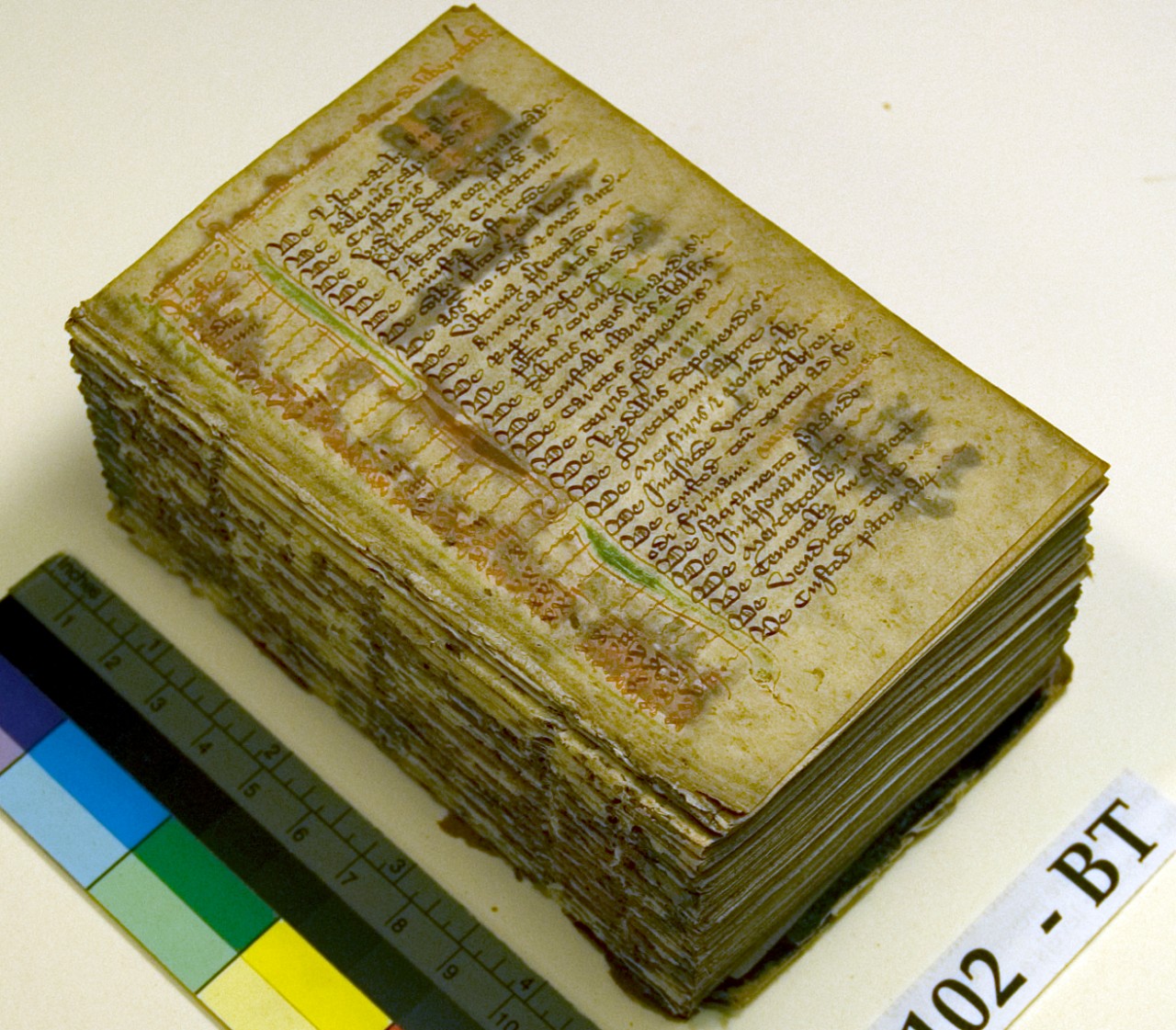 Magna Carta Cum Statutis / Statuta Vetera (Before Treatment)
Magna Carta Cum Statutis / Statuta Vetera (Before Treatment)
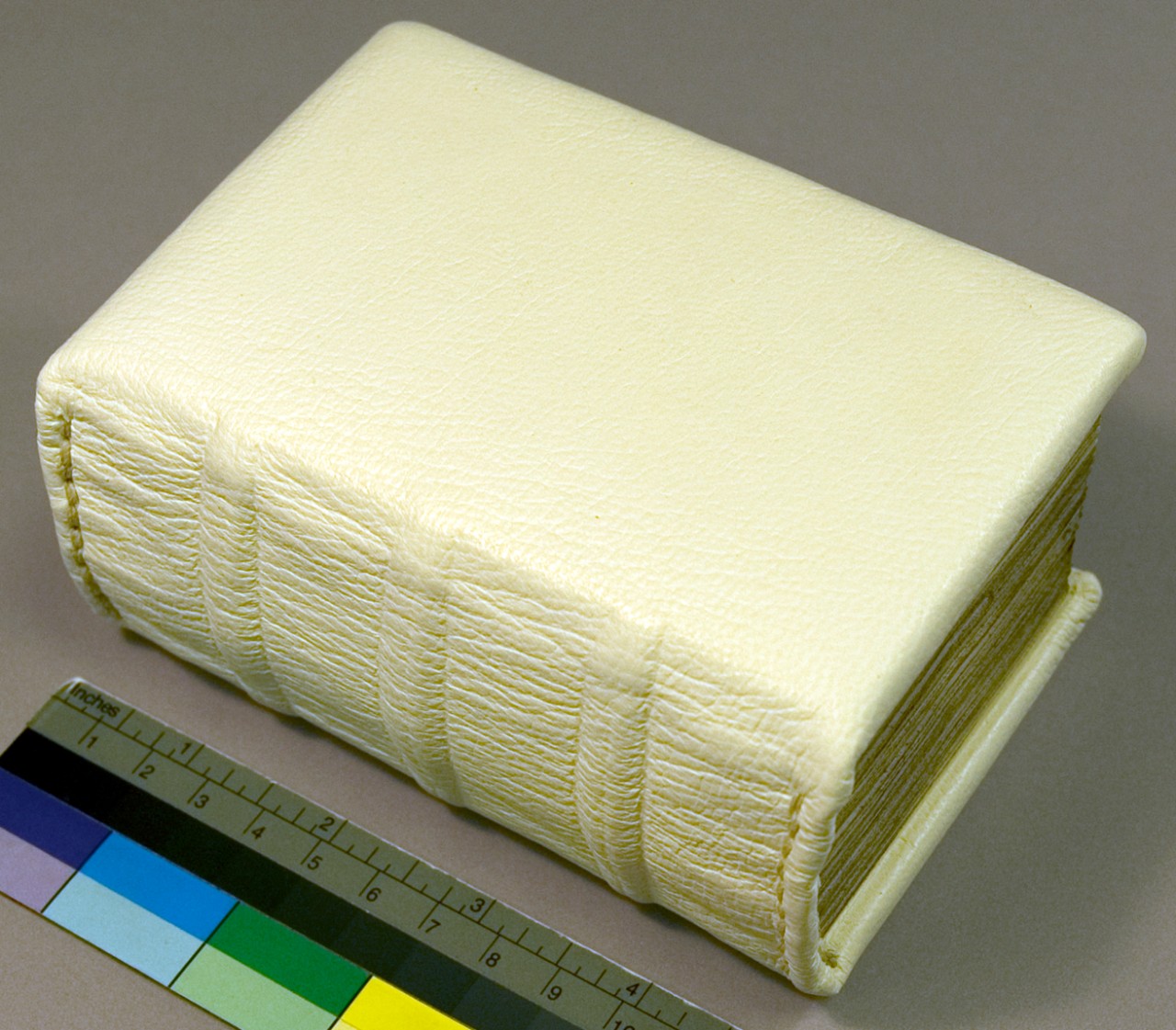 Magna Carta Cum Statutis / Statuta Vetera (After Treatment)
Magna Carta Cum Statutis / Statuta Vetera (After Treatment)
Plimpton MS 272
Magna Carta Cum Statutis / Statuta Vetera, England 1280s - 1310s
Columbia Rare Book and Manuscript Library
Some of the earliest books were written on parchment leaves, like this English manuscript. It had been badly rebound in the nineteenth century, and that binding had become detached, so the conservator created this new binding, using leather, vellum and other materials in a design appropriate to its historical period.
Curator Consuelo Dutschke discusses this book in her interview here.
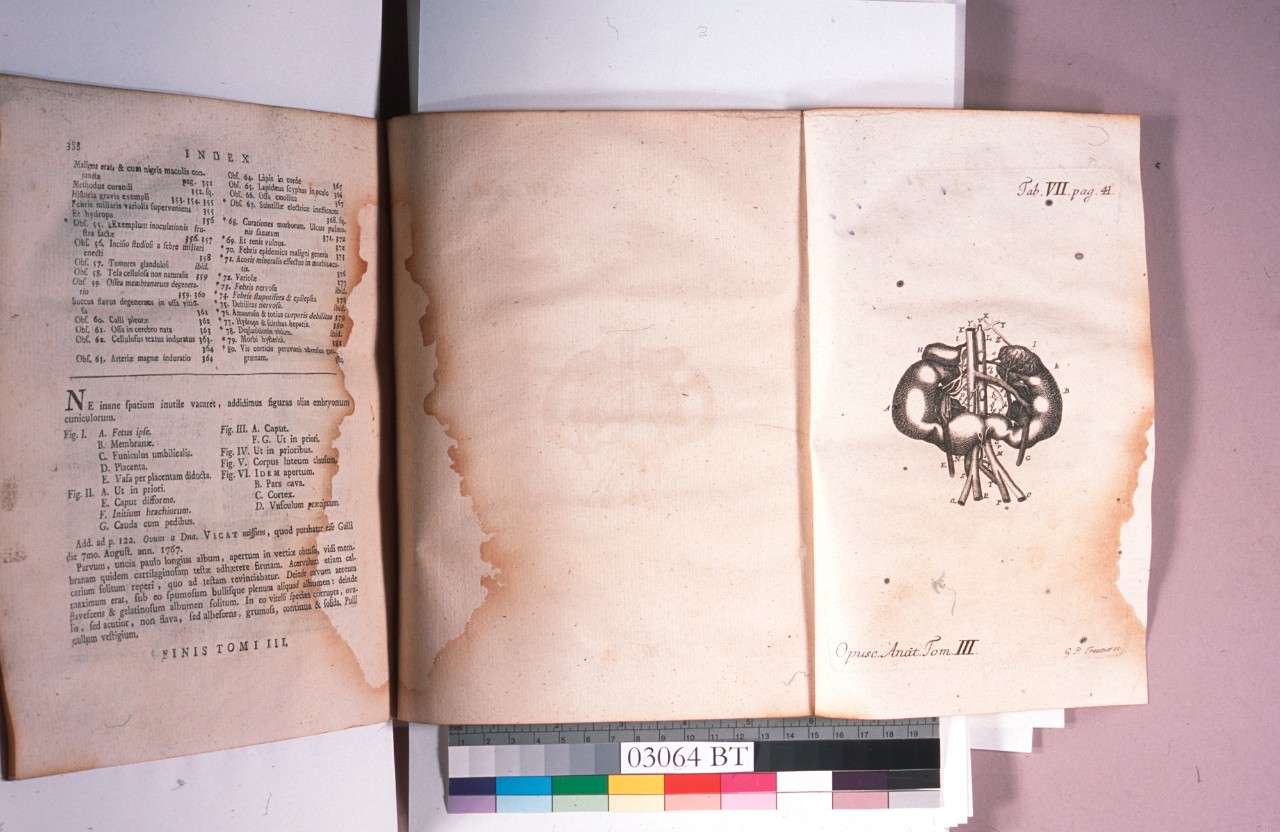 …Opera minora emendate, aucta et renovata… (Before Treatment)
…Opera minora emendate, aucta et renovata… (Before Treatment)
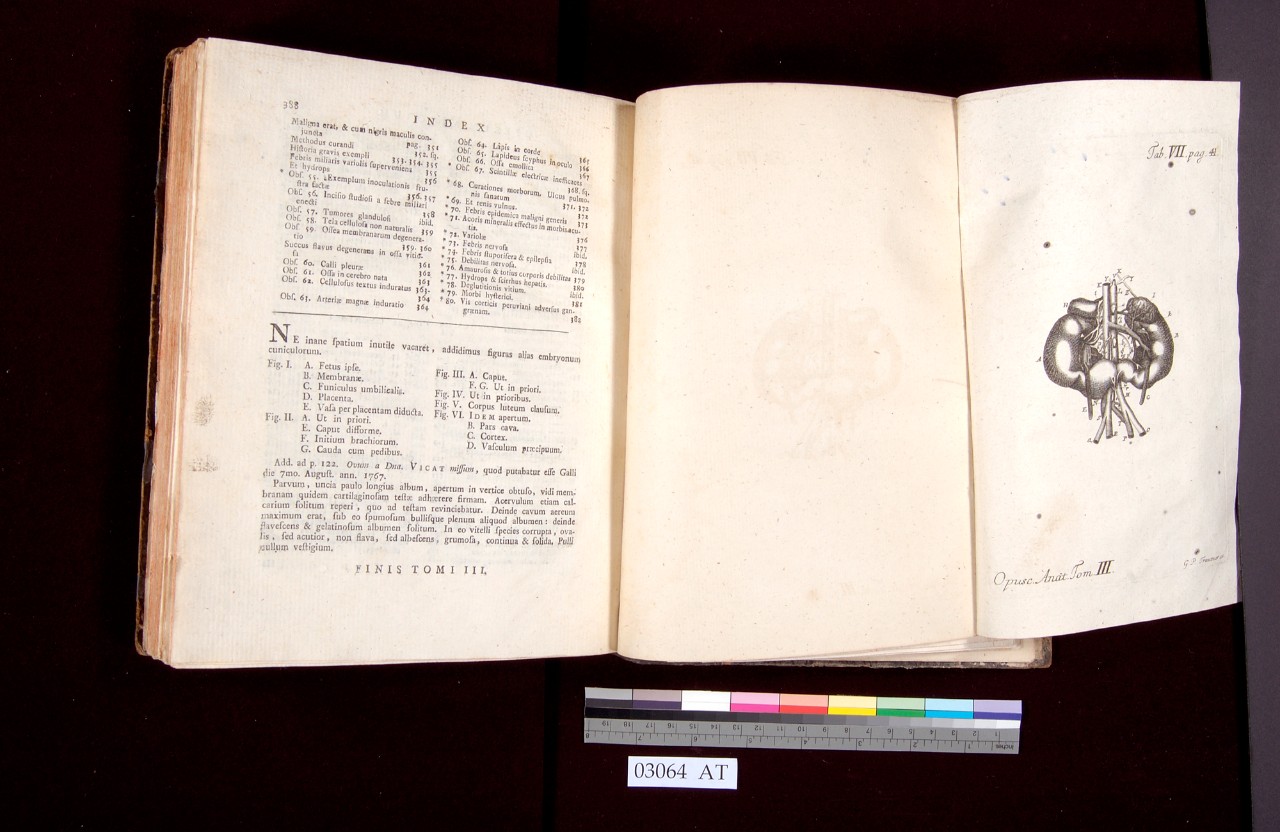 …Opera minora emendate, aucta et renovata… (After Treatment)
…Opera minora emendate, aucta et renovata… (After Treatment)
Albrecht von Haller
…Opera minora emendate, aucta et renovata…
Lausanne, 1762
Augustus C. Long Health Sciences Library
Because it was stained through water damage, this book needed to be washed in purified water. Normally, books are disbound so that each individual page can be separately washed, dried, and then reassembled into a new binding. In this case, the conservators were able to wash the volume intact, saving its original structure while reversing the damage.
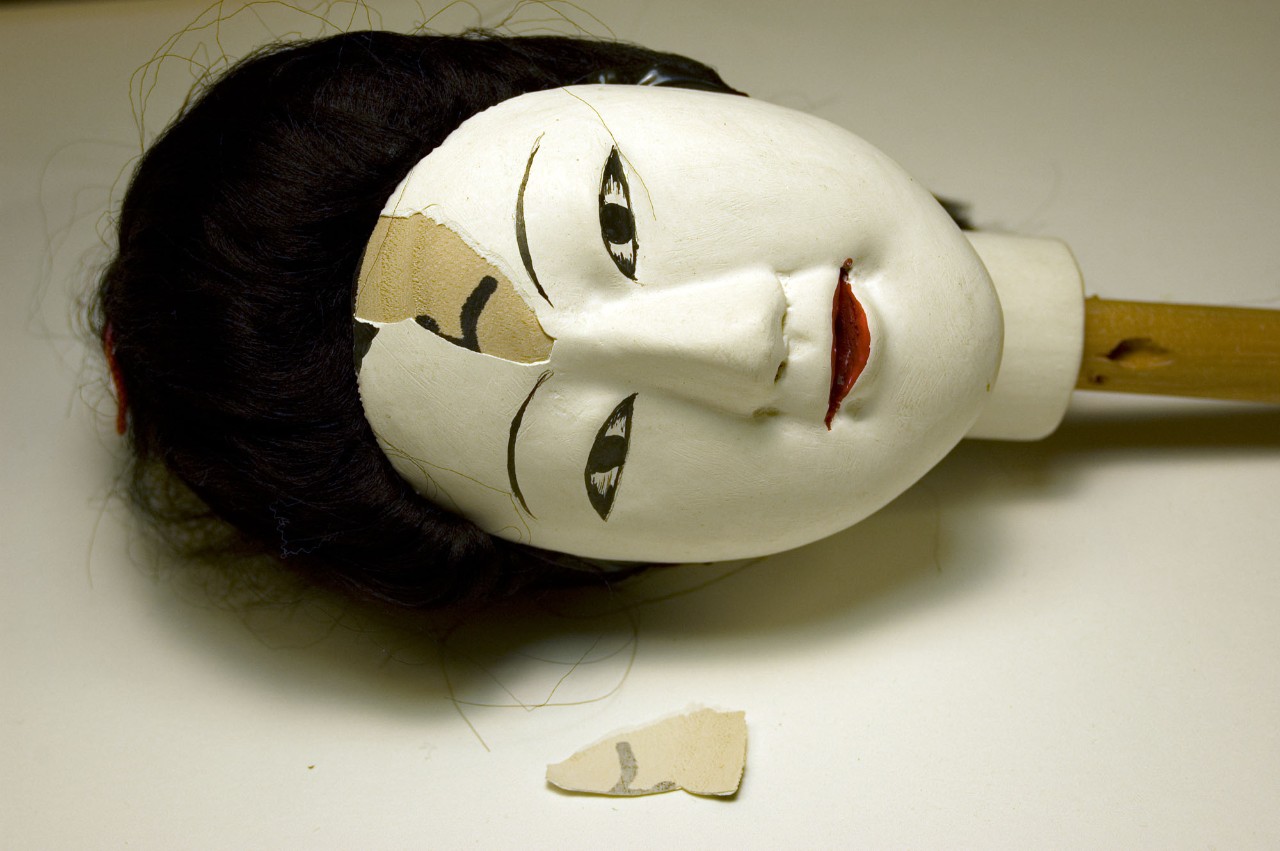 Puppet, “Young Woman” (Before Treatment)
Puppet, “Young Woman” (Before Treatment)
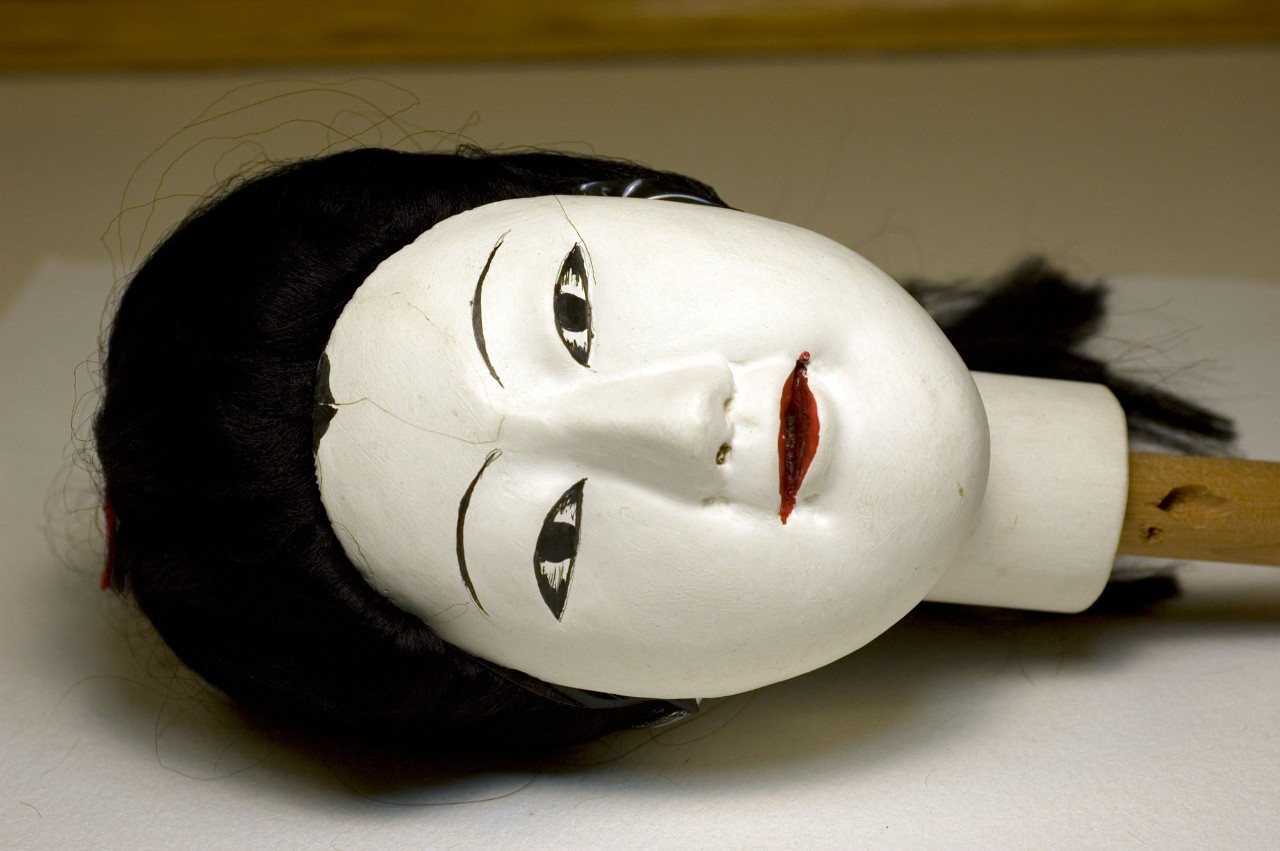 Puppet, “Young Woman” (After Treatment)
Puppet, “Young Woman” (After Treatment)
Bunraku Collection
Puppet, “Young Woman”
C.V. Starr East Asian Library
The outer layers of gesso and paint had cracked and chipped off from this wooden object and needed to be re-adhered. Three-dimensional objects may be mended and treated differently than books and documents, and also require different adhesives. This artifact was mended in the lab using a synthetic adhesive in an organic solvent to reattach the fragment.
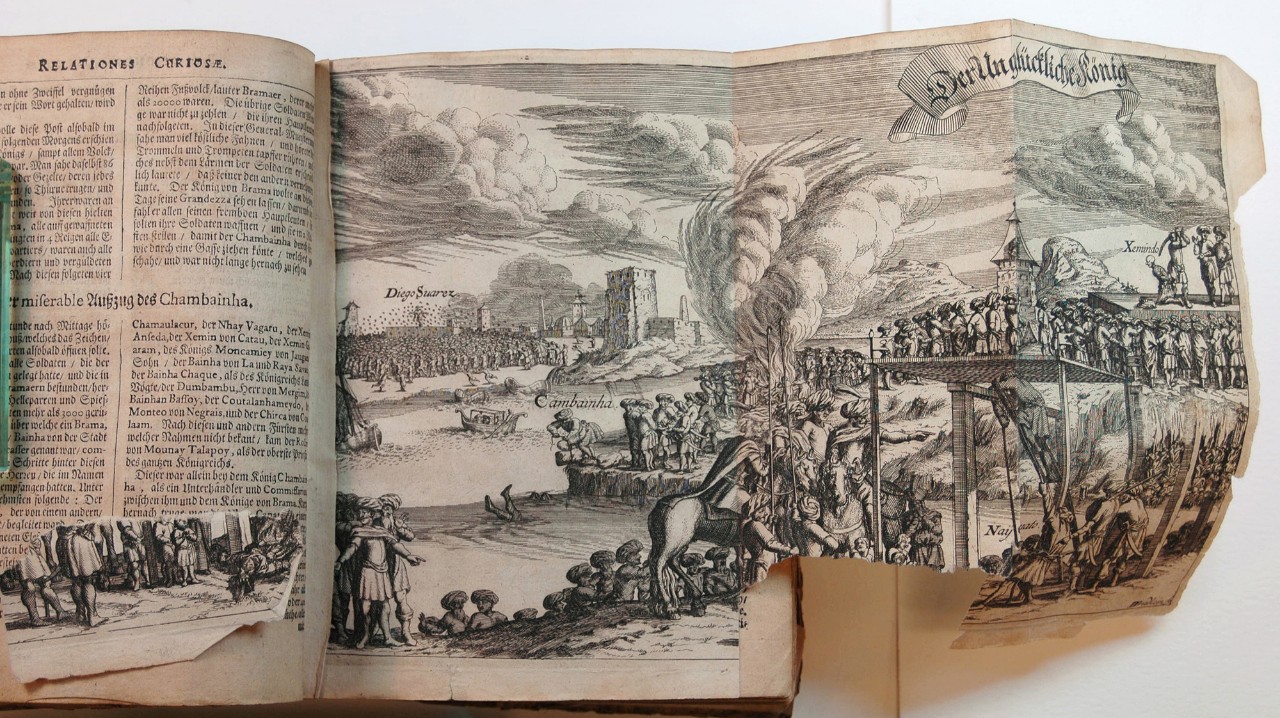 Gröste Denkwurdigkeiten der Welt (Before Treatment)
Gröste Denkwurdigkeiten der Welt (Before Treatment)
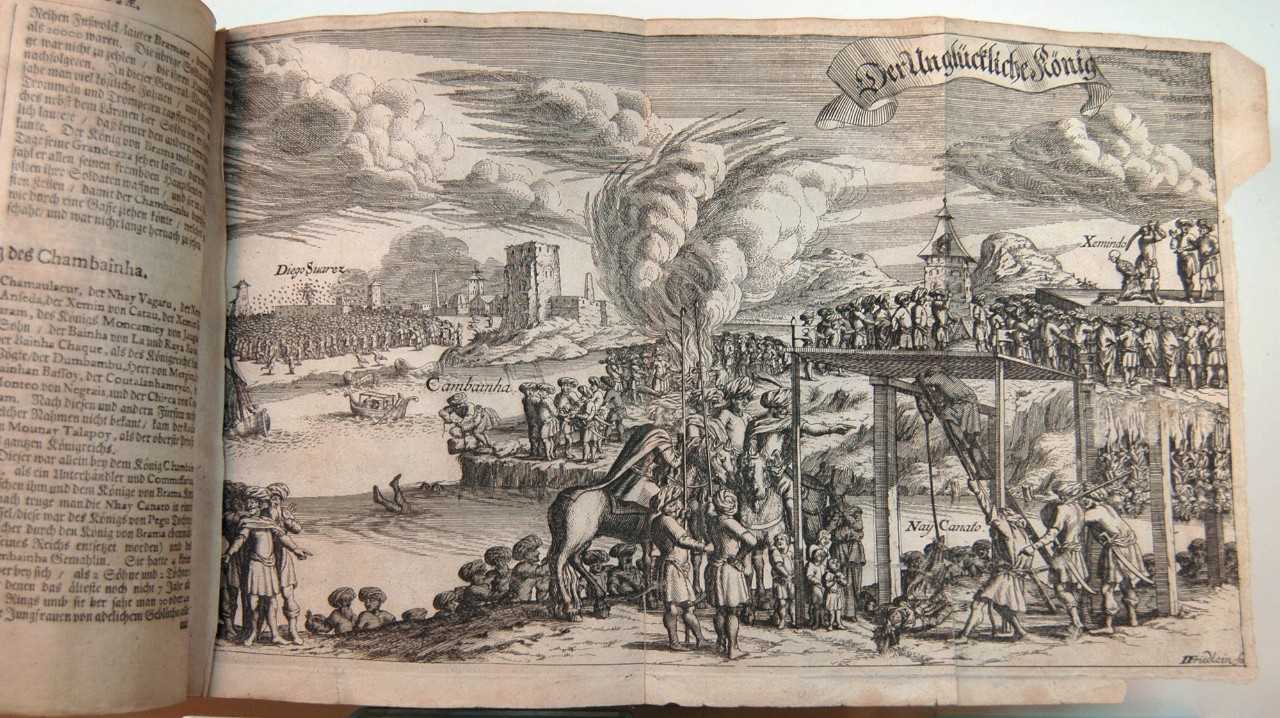 Gröste Denkwurdigkeiten der Welt (After Treatment)
Gröste Denkwurdigkeiten der Welt (After Treatment)
Eberhard Happel
Gröste Denkwurdigkeiten der Welt
Hamburg, 1683-1691
Rare Book and Manuscript Library
Fold out illustrations, such as this engraving, are often in poor condition after hundreds of years of use. Without removing it from its binding, the conservator flattened this leaf and reattached the torn fragment. For mending tears of this type, special long-fiber paper is used, applied with a reversible natural adhesive.
Watch a conservator mending a paper tear in this video.
![First Book of Misdemeanors [Black Book] of King’s College (Before Treatment) First Book of Misdemeanors [Black Book] of King’s College (Before Treatment)](/content/libraryweb/services/preservation/mellon-conservator/treatments/_jcr_content/layout_par_main_1/image_v2_7.img.jpg/1647419057340.jpg) First Book of Misdemeanors [Black Book] of King’s College (Before Treatment)
First Book of Misdemeanors [Black Book] of King’s College (Before Treatment)
![First Book of Misdemeanors [Black Book] of King’s College (After Treatment) First Book of Misdemeanors [Black Book] of King’s College (After Treatment)](/content/libraryweb/services/preservation/mellon-conservator/treatments/_jcr_content/layout_par_main_1/image_v2_8.img.jpg/1647418993800.jpg) First Book of Misdemeanors [Black Book] of King’s College (After Treatment)
First Book of Misdemeanors [Black Book] of King’s College (After Treatment)
First Book of Misdemeanors [Black Book] of King’s College, 1771
Columbia University Archives
The leaves of this important early Columbia College record had become brittle and detached. The conservator toned mending tissue to match the color of the leaves and reconstitute their folds so they could be carefully sewn back into their binding.
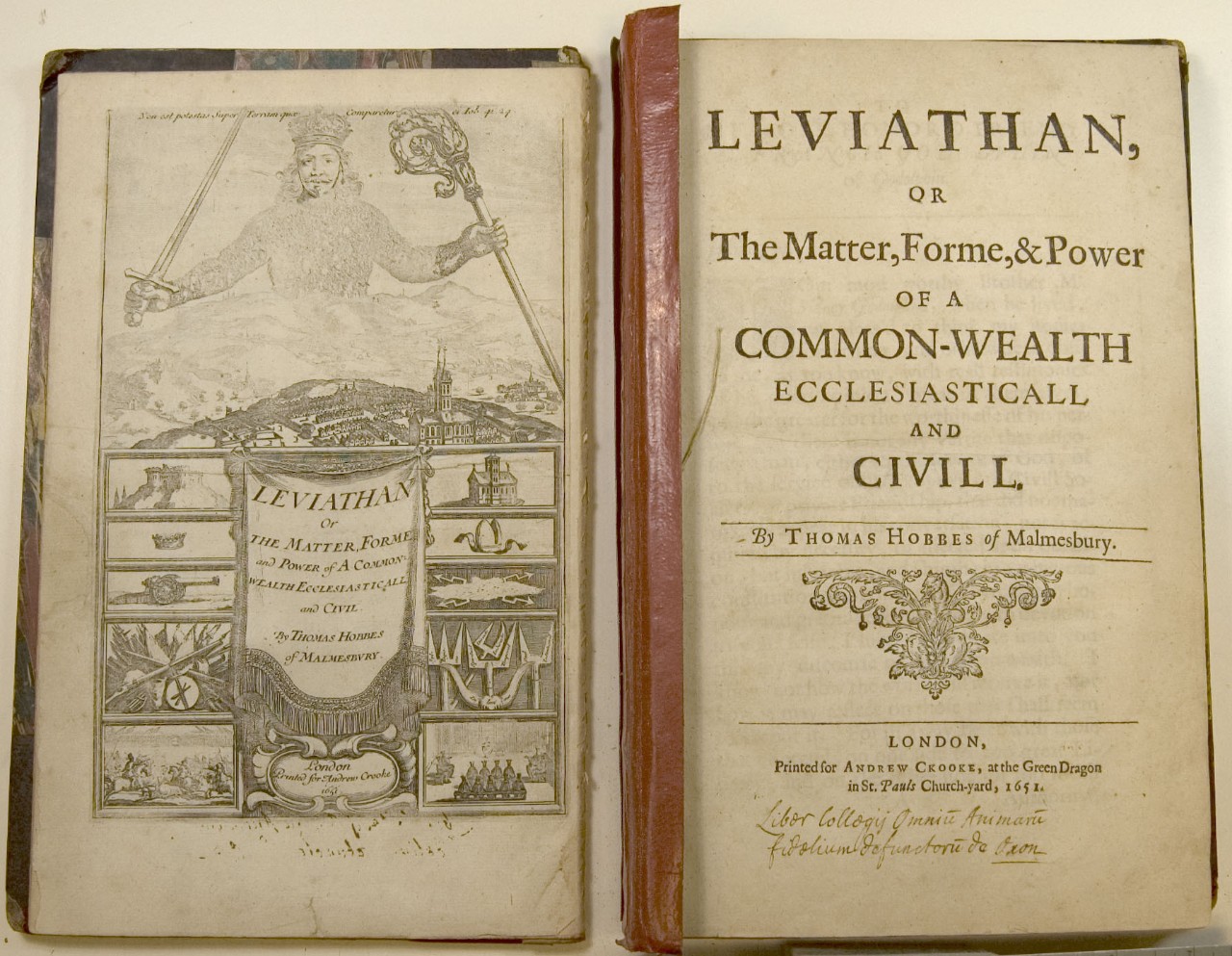 Leviathan (Before Treatment)
Leviathan (Before Treatment)
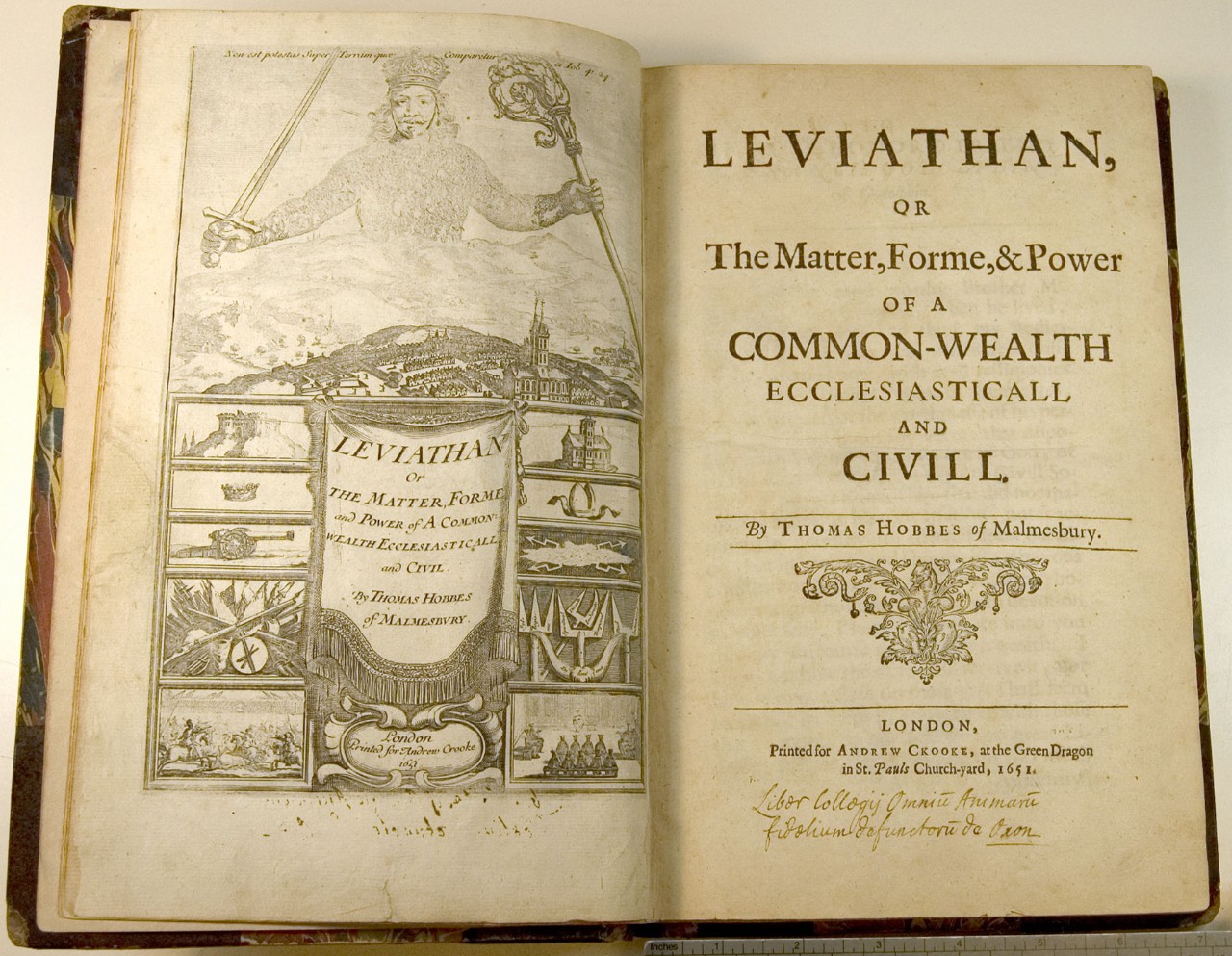 Leviathan (After Treatment)
Leviathan (After Treatment)
Thomas Hobbes
Leviathan
London, 1651
Barnard College Library
Library books have not always been treated by conservators. Inexpert repairs in the past account for some damage seen today. An old self-adhesive tape repair defaced this volume and did not prevent the cover from becoming detached. The conservator removed the unsightly tape and reattached the cover correctly so that its appearance is restored and it functions properly.
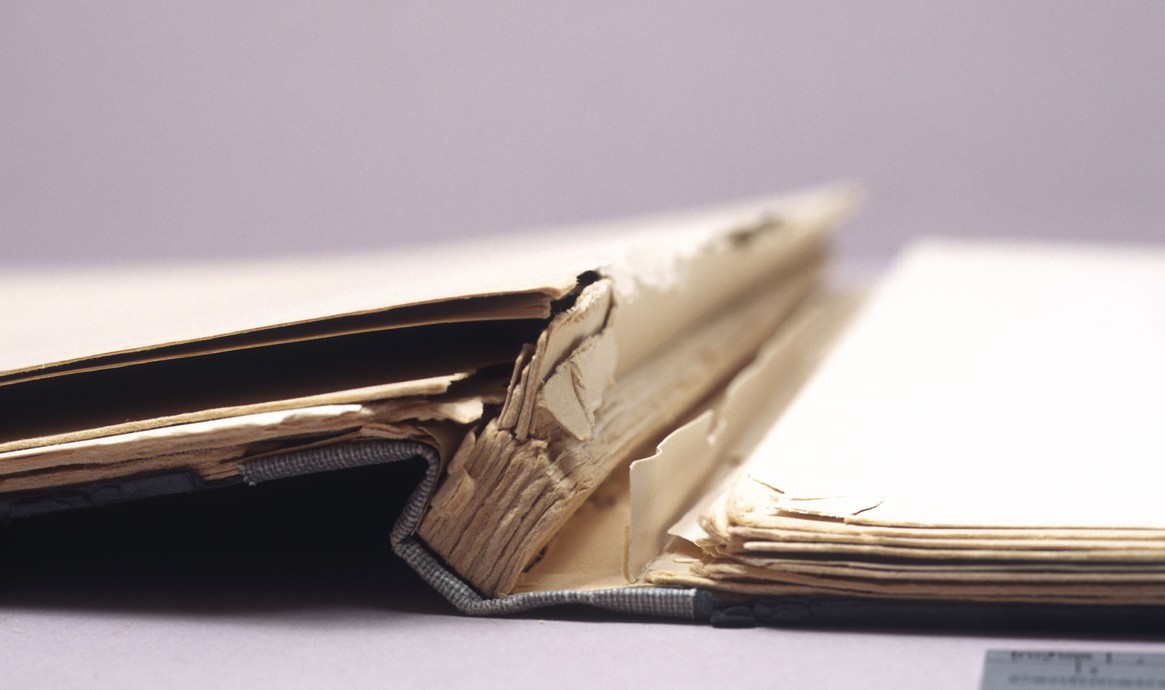 Alpine Architektur (Before Treatment)
Alpine Architektur (Before Treatment)
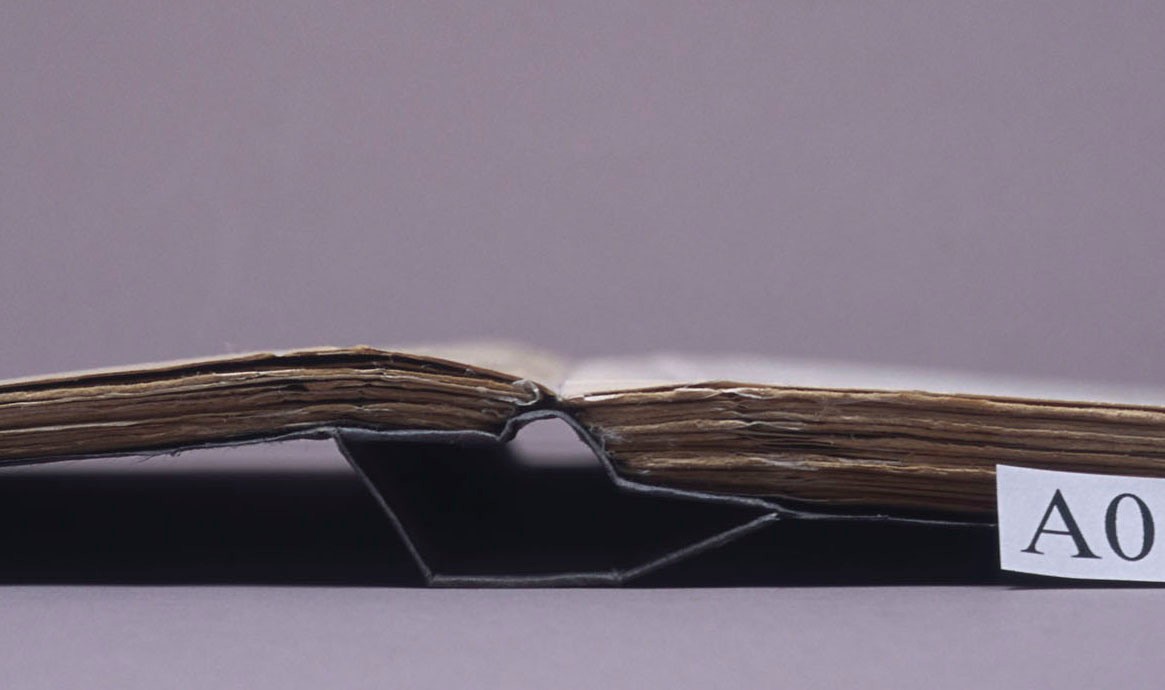 Alpine Architektur (After Treatment)
Alpine Architektur (After Treatment)
Bruno Taut
Alpine Architektur
Germany, 1919
Avery Library
Conservators usually prefer to retain the original elements and structure of a binding whenever possible, but some books break down because of how they were designed. This printed and illustrated book had been stapled so that its heavy leaves had to fold back on themselves repeatedly, causing extensive damage. The conservator mended the leaves and used new paper to link them into folds that could be sewn, allowing the book to open easily for use.